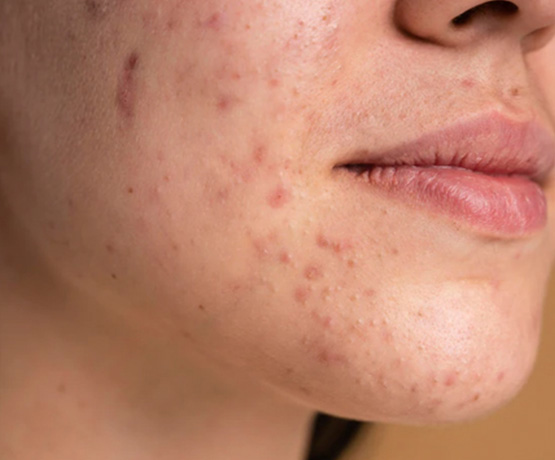
What is Pitta dosha?
Pitta is the energy that governs the body's overall metabolism, along with various energetic transformations, including the processing and perception of thoughts on mental and sensory levels. So, we can say that it aids digestion and helps us distinguish between wrong and right.
However, when the Pitta dosha levels rise, the body may witness various unusual changes. In this article, we will discuss such changes and how to reduce Pitta to manage them. So, buckle up, and let's get started.
Signs and Effects of Excessive Pitta
As we said above, excess Pitta can lead to various changes in the body. In this section, we talk about some common excess Pitta dosha symptoms:
- Heat increases in the body and causes discomfort.
- Inflammation in the body can lead to joint pain.
- Stomach heat increases, causing heartburn, acid reflux, and ulcers.
- Diarrhoea, constipation, or impaired digestion.
- Increased anger, irritation, and frustration.
- Increased sweating and body odour.
- Increased hunger and thirst.
- Headaches with burning sensation.
- Giddiness and/or hot flushes.
- Heaviness or tenderness in the testicles/breasts.
- Becoming judgmental and attempting to be a perfectionist.
- Ego inflation.
- Over attachment to goals.
- A growing sense of instability.
- Feelings of jealousy.
Moving further, it’s also important to look at the ill effects of high Pitta levels on the body:
Heartburn
eczema
Dermatitis
Sunburn
Acne
Acid reflux
Ulcers
Frequent fever
Hyperthyroidism
Jaundice
Diarrhoea
Acute inflammation joints
Fatigue
Vision issues, burning sensation of eyes
Autoimmune health disorders
Obsessive-compulsive behavior
To ensure overall well-being, it’s crucial to manage Pitta levels and steer clear of the following factors that may trigger it.
Factors that Cause High Pitta Levels
Here’s a list of reasons your Pitta levels may be higher than usual
- An improper diet comprising food that increases Pitta (pungent, sour, salty, deep-fried, and processed food).
- Exposure to toxins.
- Spending too much time in the sun/heat.
- Stress and tension cause excessive emotional flare-ups.
- Straining yourself through overwork with a lack of proper rest.
- Consuming too many stimulants, such as coffee, tea, alcohol, and nicotine.
Eat a Balanced Diet
Dandruff could result from a lack of nutrition. Ensure you eat a balanced diet rich in probiotics, omega-3 fatty acids, and vitamin C.
A balanced diet alongside topical remedies has a double action on dandruff internally and externally.
Ayurvedic Herbs Said to Optimise Pitta
Ayurveda suggests several herbs that can be helpful for Pitta dosha treatment. Here’s a list of such herbs:
- Amla or Amalaki is one of the best herbs for balancing Pitta. It helps drain excessive Pitta from the digestive system.
- You can eat Amla as a fruit or as Amala herbal supplements such as Triphala.
- Guduchi is another herb that can help control excess Pitta. It is bitter and is one of the most suitable herbs for managing Pitta vitiation. One can take Guduchi in its natural form or as Guduchyadi Kwath.
- Triphala is made from three fruits and can help manage high Pitta dosha.
Few Home Remedies to Help Balance Pitta Levels
Some home remedies can help manage Pitta imbalance symptoms and reduce aggravated Pitta.
- Cardamom or elaichi is a common spice that is effective in reducing Pitta levels.
- Cow ghee is an excellent remedy to reduce Pitta and body heat.
- Drinking jeera water after lunch can help reduce excess Pitta.
- Nannari sherbat concentrate is easily available in the market. It is made using dried and chopped Indian Sarsaparilla roots and pacifies pitta immediately. You can also add a few basil seeds or soaked sabja in it.
- Maintain a balance between exercise and rest. Too much activity can heat the already heated body. Similarly, inactivity can lead to unnatural shifts in the Pitta levels. For optimum health, indulge in exercise and get enough rest.
- Meditation is a healthy practice that can help manage emotional stress, keeping Pitta levels in control.
- Practice the following suitable yoga asanas to manage Pitta:
- Child pose (balasana)
- Marjaryasana
- Cobra pose (bhujangasana)
- Spinal twist (jathara parivartanasana)
- Moon salutation (chandra namaskara)
- Superman pose (vipareeta shalabhasana)
- Corpse posture (shavasana)

